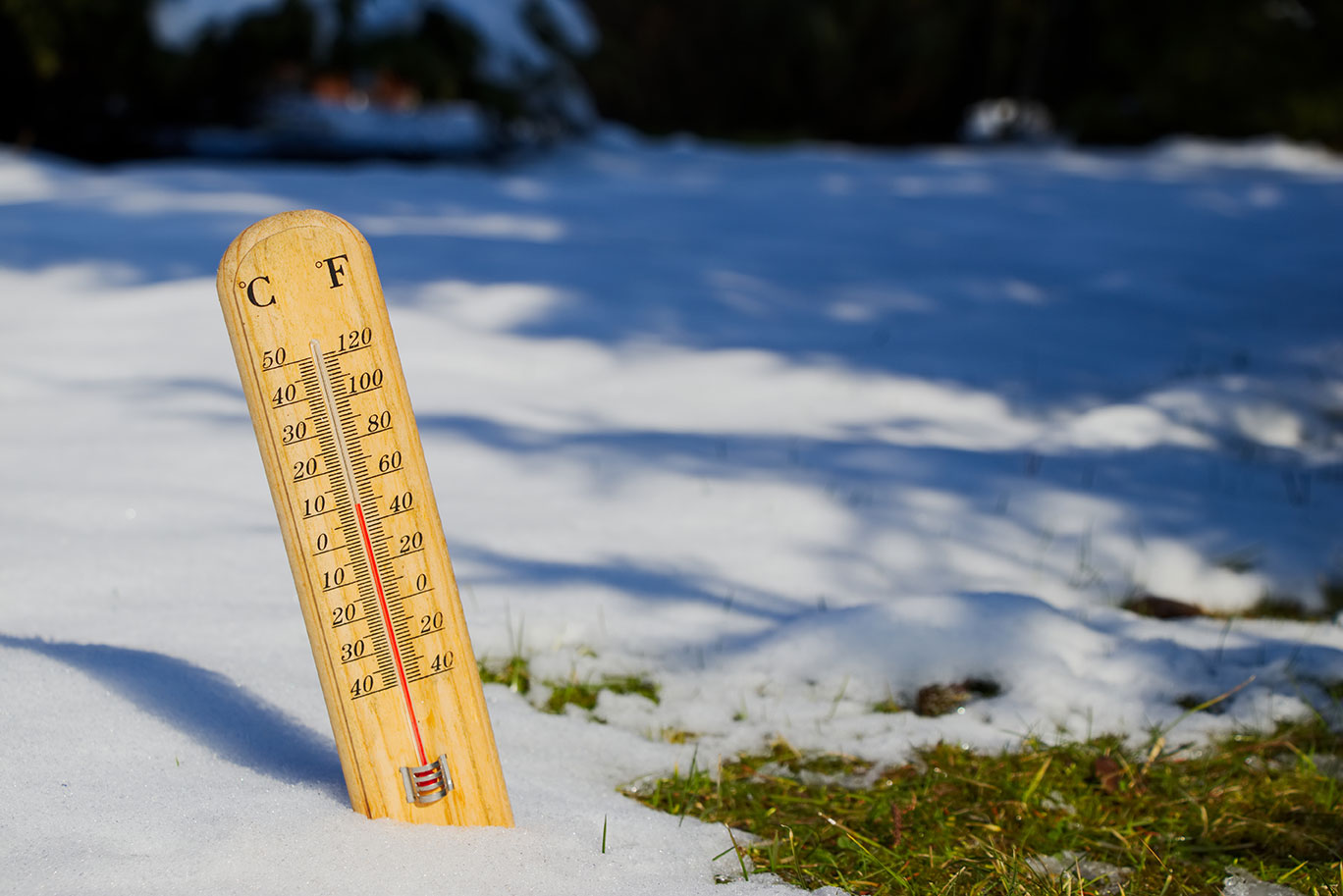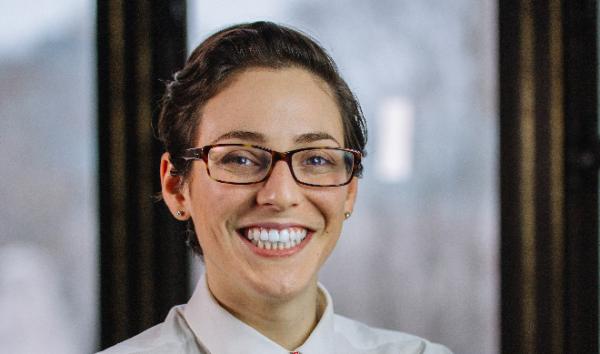
Date:
After holding steady for three years, anthropogenic (human caused or influenced) carbon emissions were once again on the rise in 2017. The brief pause had many climate scientists hopeful that manmade carbon emissions had perhaps hit their maximum, and that a downward trend would soon follow. However, last year's uptick quickly reversed the tenor of the conversation from hopeful to concerned.
Manmade emissions represent one of the largest sources of uncertainty in future climate projections because of their impact on a measurement known as "radiative forcing." Radiative forcing describes the amount of solar energy reaching Earth’s surface and lower atmosphere, which in turn dictates atmospheric cooling or warming. There are a lot of factors that have an impact on radiative forcing, including volcanic emissions, clouds, and solar cycles, but none more-so than greenhouse gas concentrations -- specifically, carbon dioxide (CO2).
One useful concept for understanding just how sensitive global temperatures are to CO2 concentrations is “equilibrium climate sensitivity,” or ECS. ECS refers to temperature changes in the atmosphere that occur in response to a sudden doubling of CO2 concentrations. We can perform the ECS experiment hypothetically, using global climate models; or, we can consult the paleoclimate (climate of Earth's geological history) record for instances of CO2 doubling in the past, and observe concurrent temperature change. Performing this exercise with a variety of methods has resulted in a range of ECS values from 2.7-8.1°F. In other words, a doubling in atmospheric CO2 concentrations would result in a global average temperature rise of as little as 2.7°F, or as great as 8.1°F (Fourth National Climate Assessment). Emerging research is tightening that range more, and scientists from the UK placed a recent estimate between 4.0-6.1°F.
Refining this research and getting more accurate numbers to help understand climate sensitivity is vital in the policymaking process. Consider, “How much CO2 can we afford to emit before we warm the globe past a dangerous limit?” Most climate scientists agree that limit is 3.6°F, as set forth in the Paris Agreement. With a range of 2.7-8.1°F, it may be difficult to reach agreement on global climate policies.
The Franklin Institute has recognized many researchers whose work makes this crucial science possible. In fact, Syukoro Manabe (The Franklin Institute Awards, class of 2015) performed the world’s very first CO2 doubling experiments in an early form of an atmospheric circulation model. Manabe designed his models, in part, with meteorologist Joseph Smagorinsky (class of 2003). It is possible to put these modern changes into a paleoclimatic context thanks to contributions from Robert Berner (class of 2013) and his GEOCARB framework.
This year, The Franklin Institute recognizes biogeochemist Susan Trumbore for her work in advancing the understanding of how anthropogenic emissions are altering the natural carbon cycle. Her work provides critical insight into how quickly carbon cycles into and out of the atmosphere, a topic I’m excited to learn more about next week at the University of Delaware's symposium held to honor Dr. Trumbore, entitled The Earth’s Carbon Cycle in the 21st Century.
Human behavior will always represent a source of uncertainty in the climate system. Our Franklin Laureates are among the very best working to understand how our atmosphere will respond.
Meet Susan Trumbore, 2018 Franklin Institute Award medalist. Thanks in large part to her research we can now measure the human impact on climate change.


